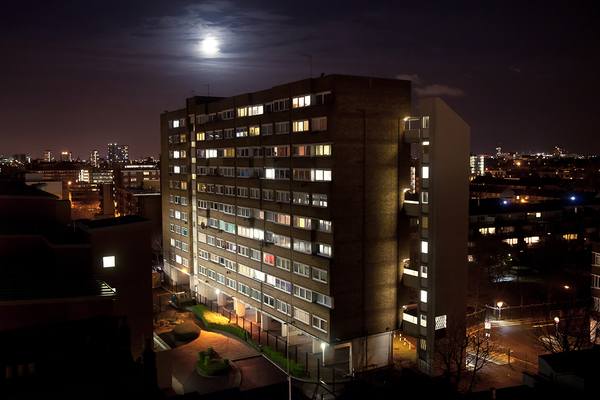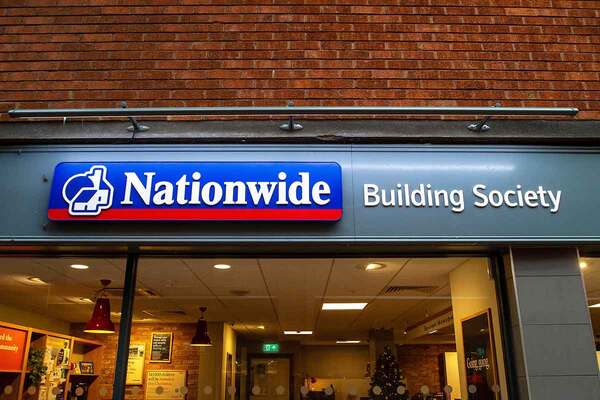You are viewing 1 of your 1 free articles
£10bn invested in new housing supply
The housing association sector invested £10bn in new housing in 2017, figures from the Homes and Communities Agency (HCA) have revealed.
The annual ‘Global Accounts’ report showed that, including an additional £1.6bn invested in existing housing, total investment was £11.6bn, a 15% increase on 2016.
Of this, £7.9bn of investment went into new and existing social housing stock, as previous surpluses, debt and grant combined to fund the completion of 41,000 social homes for rent.
This figure was slightly down from the 44,000 built in 2016, and thanks to the 18,000 social homes sold or demolished in 2017, the net addition figure was 28,000.
The sector’s underlying net surplus was £3.5bn, up 7% from last year. There was a reported net surplus of £4.1bn, but the HCA has advised that the difference between these figures is almost entirely due to the way London’s largest association, L&Q, accounted for its merger with East Thames.
Fiona MacGregor, director of regulation at the HCA, said: “This year’s figures show that the social housing sector is continuing to invest substantially in existing stock and new supply and as a whole is well placed to respond to the changing operating environment.”
The concentration of housing stock in a small number of providers increased over 2017 as some of the sector’s largest associations – including Clarion and L&Q – issued their first full-year results since completing mega-mergers.
These organisations are now so huge that changes to their accounting can have significant effects on the sector’s overall balance sheet. The £1.8bn borrowed by L&Q in 2017, for example, made up half the increase on the sector’s total debt, which rose to £69.6bn.
Jonathan Walters, deputy director for performance and strategy at the HCA, told Inside Housing: “The increasing number of large organisations has implications for the sector and its regulator. We keep our regulatory approach under review and try to remain ahead of the curve as we see greater consolidation.”
The sector’s exposure to market sales risk, which credit ratings agencies have monitored closely throughout the year, increased dramatically in 2017.
More than one third of reported net surplus was from sales, and the value properties held for sale increased from £1.2bn to £4.8bn. This represents the value of homes on providers’ books that are earmarked for future sale, the vast majority of them currently in construction, and signals a significant future exposure to the sales market.
Here, too, the figures were concentrated. Just 15 associations accounted for three-quarters of 2017’s turnover from market sales.
The sector also saw a valuation loss of £500m on its pension schemes, outside of the multi-employer Social Housing Pension Scheme, which could see its deficit rise by 50% to £1.5bn if expert predictions are correct.











